This International Women's Day, AZoCleantech spoke to inspiring women who have made a difference in the Clean Technology field. They share their experiences of working in STEM, their key achievements, any future projects they are working on, and the importance of breaking the bias to develop an equal future.
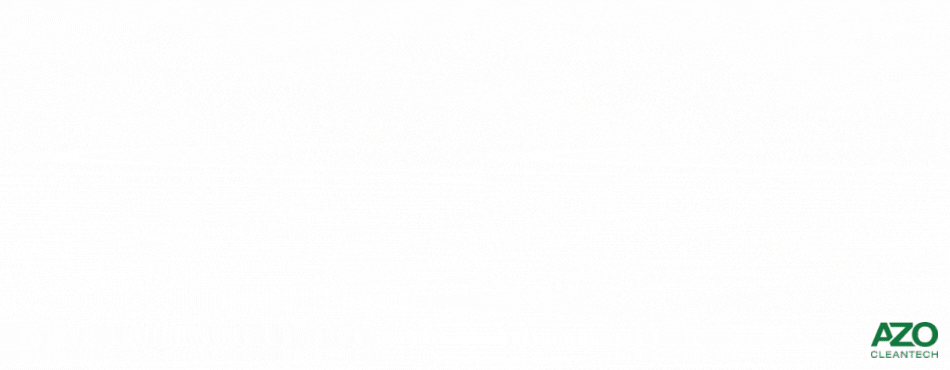
Dr Mar Fernández-Méndez - Co-Founder and Lead Scientific Advisor, Seafields / Lead Researcher, Alfred Wegener Institute Helmholtz Center for Polar and Marine Research
Please provide a description of your role and what you enjoy most about it:
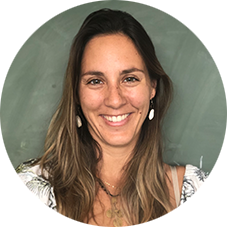 I am currently a co-founder and Lead Scientific Advisor at Seafields. The project aims to develop and test offshore technologies to aquafarm, harvest, process, bale, and sink Sargassum to sustainably and efficiently manage this seaweed for long-term safe and natural carbon sequestration.
I am currently a co-founder and Lead Scientific Advisor at Seafields. The project aims to develop and test offshore technologies to aquafarm, harvest, process, bale, and sink Sargassum to sustainably and efficiently manage this seaweed for long-term safe and natural carbon sequestration.
I have previously worked at the Norwegian Polar Institute and at GEOMAR Helmholtz Centre for Ocean Research Kiel. Since October 2021, I have led my own research group at the Alfred Wegener Institute Helmholtz Center for Polar and Marine Research, based in Bremerhaven, Germany. My expertise covers a broad range, from phytoplankton ecology and primary productivity, marine carbon dioxide removal, artificial and natural upwelling systems, climate change impacts on ecosystems, carbon and nutrient biochemistry, carbon export, and microbial functional diversity.
I have participated in more than 10 sea-going research expeditions from the Arctic to the Tropics, and I am a member of the Ocean Artificial Upwelling project.
As part of my Ph.D. research into polar microalgae and biogeochemistry, I was a regular visitor to the Arctic Ocean, which is where I realized how significant the changes were to this ecosystem. I made the conscious decision to focus on finding practical solutions to the climate crisis. By doing this, I feel that there is a purpose in my research and I happily invest extra hours to learn more about topics that I had not considered before. Searching for solutions to the climate crisis in the oceans involves thinking outside of the box and being creative, but also daring. The scale and the speed we need to achieve emission reductions and carbon dioxide removal strategies is scary and can be overwhelming, but by investing my time and efforts into the solution-finding path, I feel more optimistic that we will manage. Having a small child gives me the energy to continue doing this, no matter how hard it might be.
What would you say are your key achievements and research during your career?
My career until three years ago was mostly focused on looking at the impacts of climate change in the polar regions. In particular in the Arctic marine ecosystem, one of the fastest-changing ecosystems due to global warming. As part of an international team of researchers, led by my former Ph.D. supervisor Antje Boeatius, I discovered new ways in which microalgae are now growing in the Arctic. For example, I was one of the first ones to quantify the role of algae growing in melt ponds and other understudied habitats for carbon sequestration. During our 2012 expedition to the Central Arctic, we observed how, due to rapid ice melt events, huge amounts of algae growing below the ice would sink rapidly to the deep ocean, sequestering carbon with them.
More recently during my research in Peru and in Gran Canaria as part of the Kosmos GEOMAR team led by Prof. Riebesell, we could identify which characteristics in the microalgae are favorable for carbon sequestration and which ones rather favour an efficient food web up to fish under different upwelling intensities (meaning nutrient input from deep waters). These discoveries led me to the idea of using macroalgae combined with artificial upwelling (instead of microalgae) for carbon sequestration purposes. In addition, an improved way of bringing nutrient-rich water to the surface using the density differences in the ocean seems to be the way forward. My mentor Prof. Smetacek had been talking about this for some time and suddenly everything made sense.
This year's theme for International Women's Day is #BreakTheBias, focusing on forging an inclusive, diverse, and equal future between genders. What would you say is the most important action that needs to be taken to achieve this within STEM?
One of the essential actions that need to take place is for everyone to feel that they have a place to make a difference – that it is not just for certain parts of the community.
There is a place for everyone to input and be a part of the wider picture. It is important, for example, for girls all around the world to have role models to look up to.
I was lucky to have a female top-scientist as my Ph.D. supervisor. She is now the director of the Alfred Wegener Institute and she continues to motivate and support other women in science. I am also honored to be surrounded by intelligent and hard-working women in my daily work since they inspire me every day.
As a young mother, I must say that there is still much needed to be done in terms of gender equality. Access to inexpensive child care that covers the entire working day is critical. The most relevant time in a scientific career usually coincides with the reproductive period. Unfortunately, I see it happening too often that women decide to drop out of science because they only find child care until midday and they are the ones that reduce their job to 50%. This could be because their partner's job is perceived as more important, society expects the mother to stay with the child, or the partner earns more and it makes economic sense. If we manage to fill these gaps, many more mothers would stay in STEM.
What current and future projects are you are working on?
My current areas of research cover firstly, continuing to study how the Arctic ecosystem is responding to ongoing climate change and secondly, exploring solutions to climate change by enhancing carbon sequestration in the ocean.
Through my CDRmare-sea4soCiety Sargassum project, I am studying the potential of this floating macroalgae for carbon sequestration. We are currently preparing our field expedition to Mexico to perform growth experiments under different nutrient conditions. In addition, in collaboration with Seafields, we are currently aiming to test how to enclose Sargassum in the open ocean and ensure it continues to grow. In addition, we will deploy a few sargassum bales to the seafloor to start the first environmental impact assessments to check if this would be a viable approach to long-term carbon sequestration. In collaboration with international deep-sea researchers, we will look at how the Sargassum bales decompose and how the seafloor fauna reacts to them. These tests will probably occur in spring around the Caribbean island of Guadaloupe.
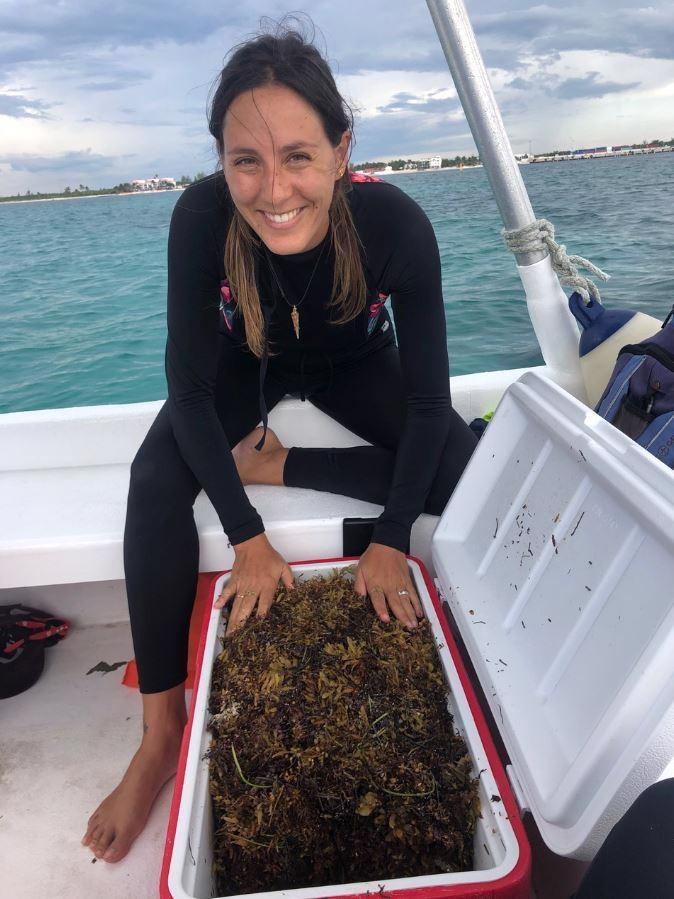
Image Credit: Dr Mar Fernández-Méndez
If the results show that this is a viable approach for long-term carbon sequestration, we will continue our road map developing open ocean aquafarms irrigated with nutrients brought up to the surface by artificial upwelling. If our current calculations hold, we could be sequestering 1 Gt of CO2 per year by the end of this decade. Seafields has recently been selected by Ocean Visions to participate in their Launchpad program towards the carbon X prize. I am thrilled to start working with their incredible network of natural and social scientists to improve our approach on all fronts.
I have several exciting areas I am working on for the future too. Firstly, I am working on research proposals to explore the potential of using the open-ocean Sargassum aquafarms to co-cultivate high-protein seaweed and crustacean species for human consumption. I am also currently writing a proposal with our partner company Carbonwave (previously C-Combinator) about recycling all the nutrients from Sargassum to re-fertilize the aquafarms. Then, we will be using the remaining seaweed to produce high-level engineering plastics that could store the carbon in them forever. Eventually, the upwelling pipes and farming structures can be constructed with these plastics.
We are looking into the production of biogas from Anaerobic digestion of Sargassum biomass directly at sea to complement our solar energy floating panels to provide energy to the farms and the floating cities around them. Looking ahead, I am also in contact with synthetic biology experts to design efficient consortiums of microbes that can sequester carbon and recycle nutrients in the most efficient way. It is what I call the new ecosystems biology field; engineering ecosystems to enhance and optimize natural processes to help us mitigate the climate crisis.
Dr Mar Fernández recently spoke to AZoCleantech about her studies in an in-depth interview: Seaweed's Potential in Tackling Climate Change
Life as a Scientist, a Woman’s Perspective | Christine Fleet | TEDxEHC
Video Credit: TEDx Talks/Youtube.com
Amanda Cavanagh - Lecturer of Plant Biology, University of Essex
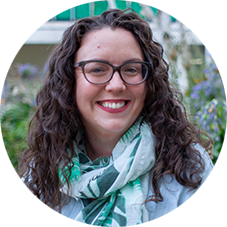 Please provide a description of your role and what you enjoy most about it:
Please provide a description of your role and what you enjoy most about it:
I teach undergraduate classes and conduct research on photosynthetic biochemistry at the University of Essex, UK. I love plant science research because after you have collected and analyzed your data, you know something about life on Earth that nobody else knows yet. It is a great feeling. This curiosity has kept me researching photosynthesis for more than ten years, and it has allowed me to explore the world. Before this role, I gained a Ph.D. from the University of New Brunswick in Canada and then did a postdoc at the University of Illinois at Urbana-Champaign in the US.
What would you say are your key achievements and research during your career?
I joined the international project Realizing Increased Photosynthetic Efficiency (RIPE) in 2016, which aims to engineer crops to be more productive by improving photosynthesis, the natural process all plants use to convert sunlight into energy and yields.
In my postdoc at the University of Illinois in the lab of Don Ort, I worked on a project to bypass photorespiration, finding that we could boost yields by almost 30% in the field, and protect against yield losses of 15% under heated conditions.
This year's theme for International Women's Day is #BreakTheBias, focusing on forging an inclusive, diverse, and equal future between genders. What would you say is the most important action that needs to be taken to achieve this within STEM?
I think the key to forging a diverse and inclusive future for STEM lies in building a strong and supportive community. Recruiting a diverse workforce is an important first step, but all too often women (and especially women of color) find themselves lacking the support and mentorship needed to advance in their careers once they are hired.
Forging a gender-inclusive future is a community effort. My generation has gained a lot from earlier waves of women in science, and I feel supported, challenged, and championed by the women in my professional sphere. But it is important to remember that not everybody has had these opportunities, and so it is our responsibility to make sure we are elevating and supporting all women to have a successful career.
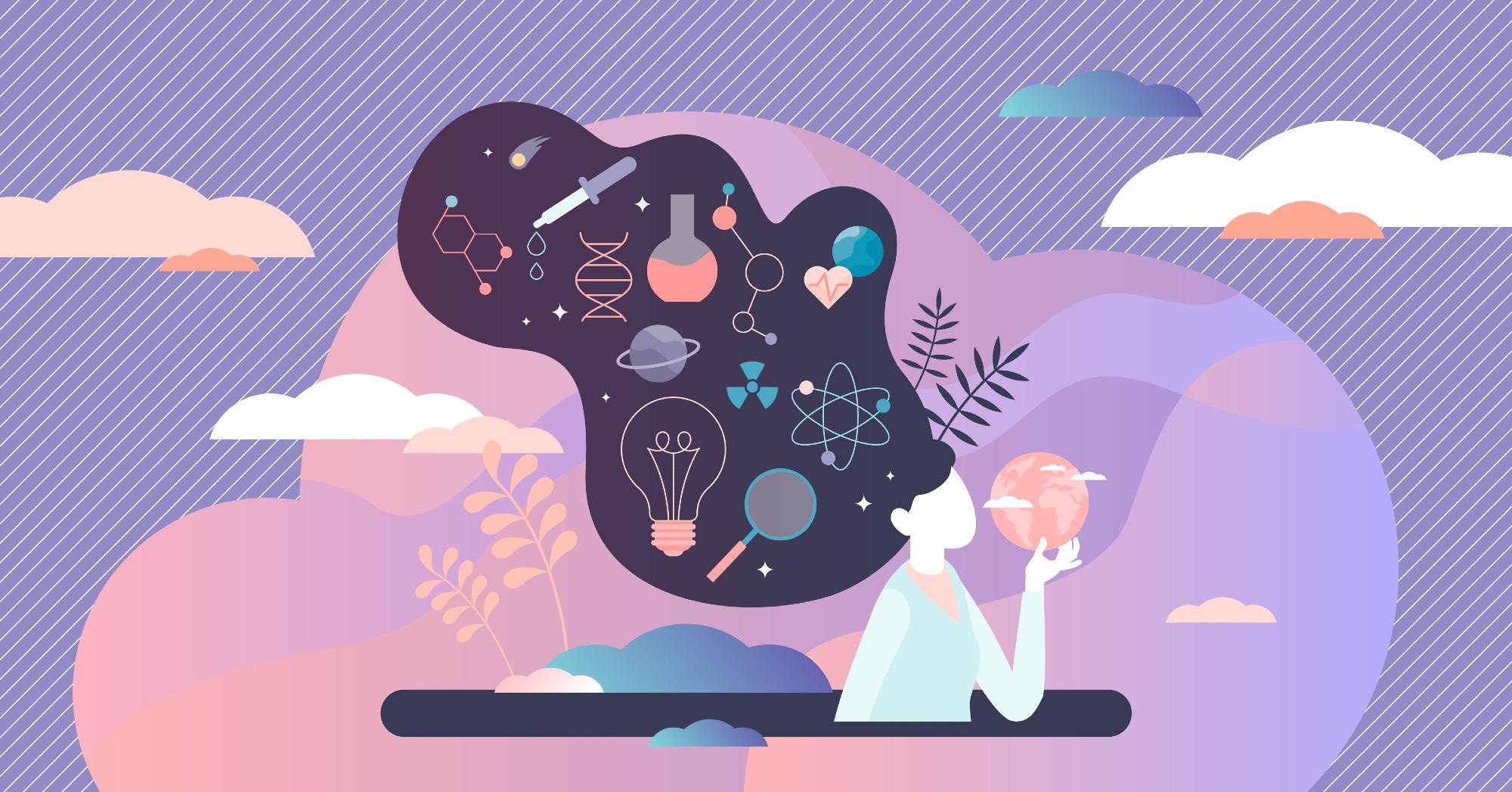
Image Credit: VectorMine/Shutterstock.com
What current and future projects are you are working on?
My research group at the University of Essex is primarily interested in understanding photosynthetic biochemistry in the response to climate change. This work will continue to explore the impact of temperature on photorespiration to see if we can lower the cost of increased temperature on crops. We are also exploring other photosynthetic enzymes to see if we can mine natural diversity for targets to improve performance as atmospheric CO2 concentrations rise.
Amanda Cavanagh spoke to AZoCleantech about her studies in an in-depth interview: Future-Proofing Food Crops in a Warming Climate
Dr Andrea Kritcher - Team Leader, Inertial Confinement Fusion (ICF) program, Lawrence Livermore National Laboratory (LLNL)
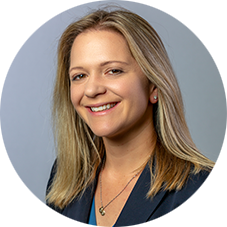 Please provide a description of your role and what you enjoy most about it:
Please provide a description of your role and what you enjoy most about it:
I currently have roles in both management as well as scientific research. I am a group leader in my division as well as team leader within the ICF (inertial confinement fusion) program at LLNL (Lawrence Livermore National Laboratory) in Livermore, California, US.
I started at the lab as a summer student in 2004, completed my thesis project in collaboration with a group at the lab while I was in graduate school, and became a Lawrence postdoctoral fellow at the lab after receiving my Ph.D. I then transitioned from experimental work to designing experiments with large computer simulations, co-leading experimental campaigns at the NIF, and last year applied for and was awarded the team lead position. I really enjoy the amazing one-of-a-kind science we get to do at the NIF and the many smart people I work with.
What would you say are your key achievements and research during your career?
My key achievements include:
This year's theme for International Women's Day is #BreakTheBias, focusing on forging an inclusive, diverse, and equal future between genders. What would you say is the most important action that needs to be taken to achieve this within STEM?
We need to continue to change the culture, and start at an early age, changing both the way women see themselves in STEM and the way men treat and see them in STEM.
What current and future projects are you are working on?
My current and future work includes continuing to make improvements to the experimental design of the 1.35 MJ inertial confinement fusion plasmas to make it more robust, and also push to higher gains (more fusion energy compared to the energy required to initiate the fusion).
Dr Andrea Kritcher spoke to AZoCleantech about her team's fusion breakthrough in an extended interview: The Future of Harnessing Fusion to Provide Limitless Clean Energy
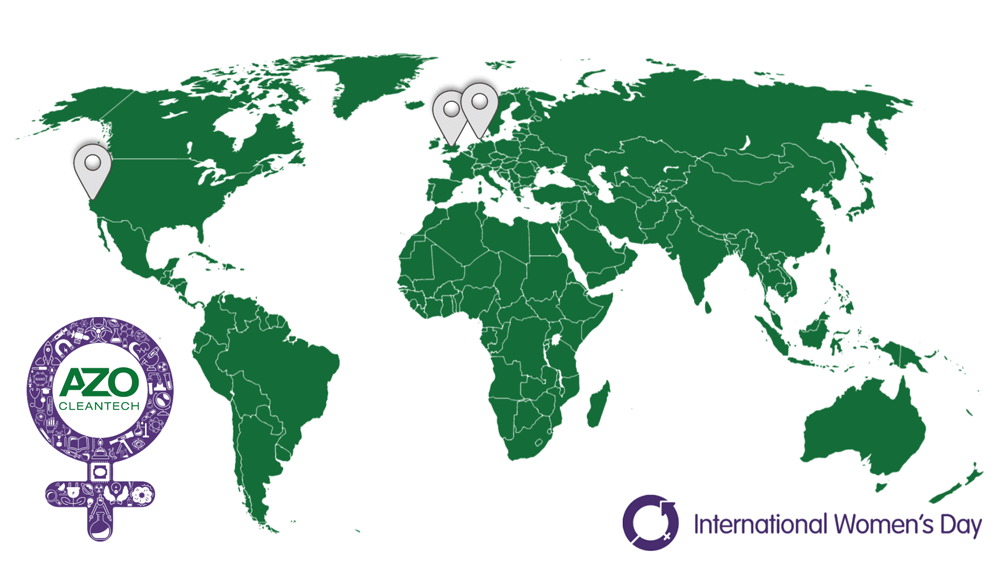
Banner images courtesy of Melitas & M.Style/Shutterstock
Disclaimer: The views expressed here are those of the interviewee and do not necessarily represent the views of AZoM.com Limited (T/A) AZoNetwork, the owner and operator of this website. This disclaimer forms part of the Terms and Conditions of use of this website.